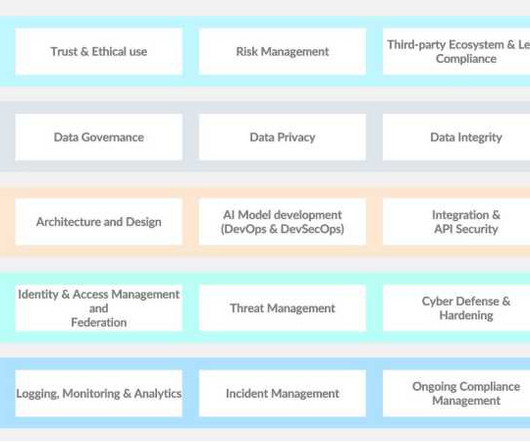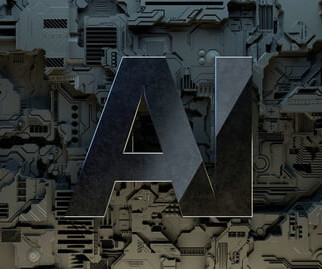Generative AI in enterprises: LLM orchestration holds the key to success
CIO Business Intelligence
DECEMBER 6, 2023
Many enterprises are accelerating their artificial intelligence (AI) plans, and in particular moving quickly to stand up a full generative AI (GenAI) organization, tech stacks, projects, and governance. For readers short on time, you can skip to the section titled Strategies for effective LLM orchestration.














Let's personalize your content